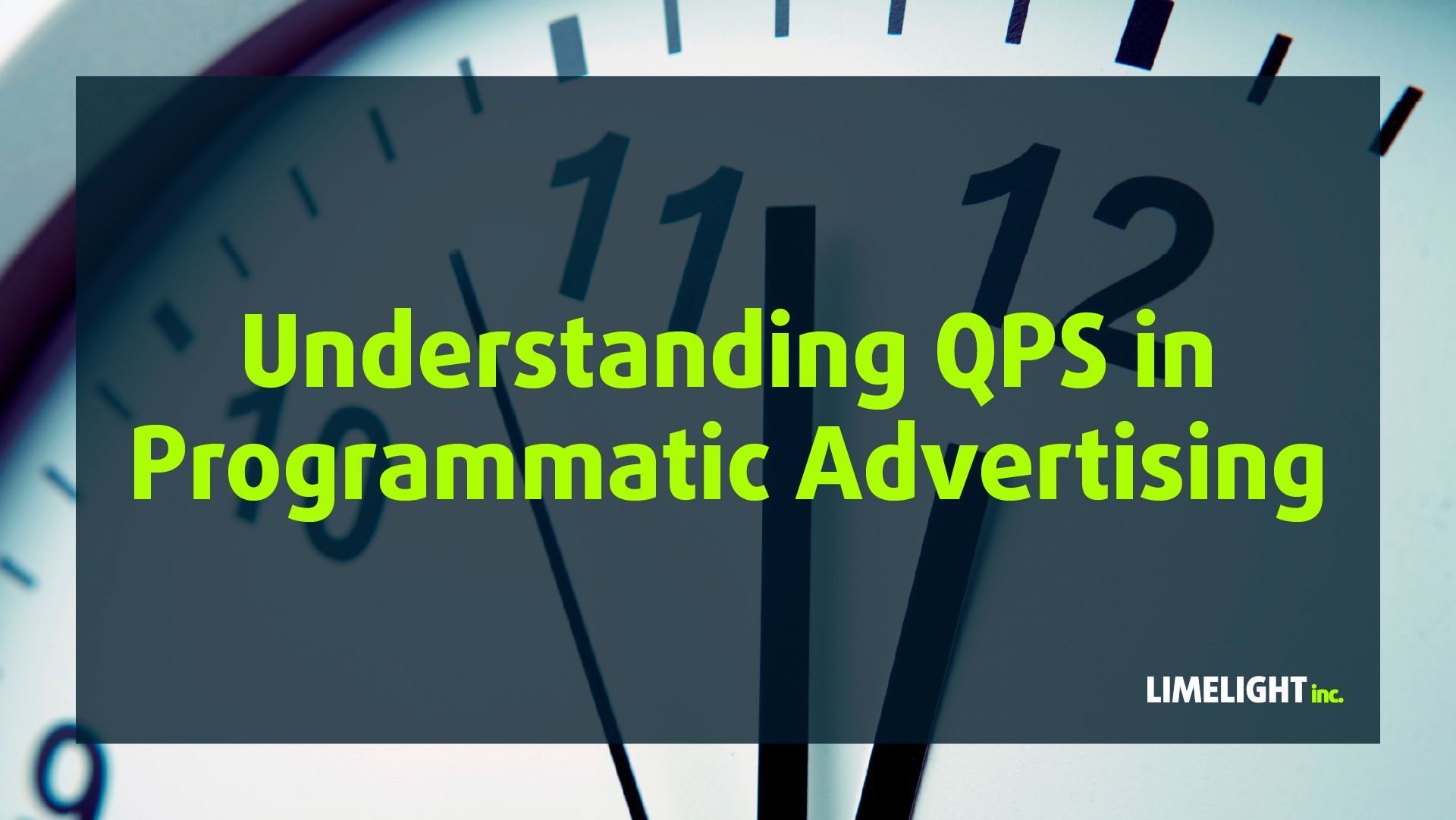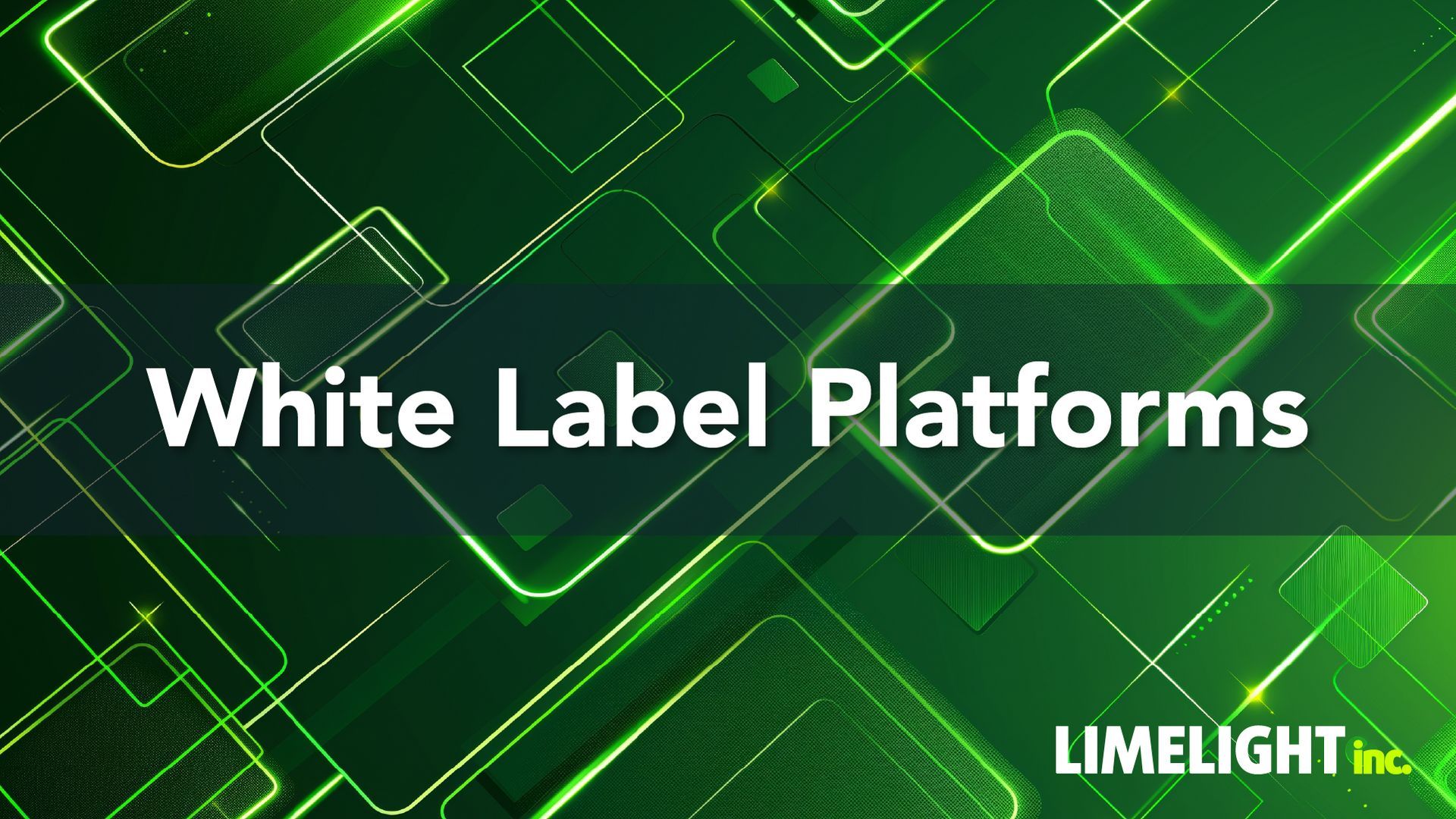New Paragraph
Understanding QPS in programmatic advertising

In the ever-evolving world of programmatic, QPS (Queries Per Second) is a fundamental metric that underpins the entire ecosystem. But what exactly does QPS mean, and why is it so critical?
What is QPS?
QPS refers to the number of ad requests or bid opportunities that an ad exchange, supply-side platform (SSP) or demand-side platform (DSP) processes in a single second. It is a measure of how efficiently these platforms handle the immense flow of data in real-time advertising.
Key points to understand about QPS
1. Relevance to the programmatic ecosystem:
QPS serves as a critical benchmark for assessing the performance and scalability of platforms within the programmatic advertising ecosystem. For DSPs, it indicates the number of bidding opportunities they can handle at any given time. Meanwhile, for SSPs and ad exchanges, it shows the volume of impressions or ad requests they can process in real-time.
2. Impact on performance:
Platforms with high QPS capabilities (such as our own) can process more requests simultaneously, making them ideal for handling large-scale campaigns. This is particularly vital during high-traffic events such as Black Friday or major sports tournaments. Meanwhile, platforms with limited QPS capacity may struggle to keep up with demand, potentially leading to missed opportunities and suboptimal campaign performance.
3. Optimisation and filtering:
To ensure efficiency, many platforms optimise and filter QPS. For example, advertisers and DSPs often filter ad requests to focus on inventory that aligns with their targeting criteria - while SSPs may limit QPS to balance server load while prioritising premium inventory for better monetisation.
4. Scalability:
A platform’s ability to handle high QPS is a strong indicator of its scalability. Platforms with robust QPS capacity can support global campaigns with ease, but they can also perform reliably during peak demand periods without compromising speed or accuracy.
5. Costs:
Processing high QPS comes with its own challenges. It demands significant infrastructure and server capabilities, which can drive up operational costs. However, these costs are often justified by the platform’s ability to deliver superior performance and scalability.
Why QPS matters
For advertisers, QPS ensures that ads participate in relevant auctions, increasing the chances of reaching the right audience, while for publishers, QPS maximises the fill rate of their ad inventory, boosting revenue potential.
On the other hand, for technology providers, it acts as a benchmark for efficiency and scalability, showcasing their ability to handle large-scale programmatic operations.
And finally, for ad networks, high QPS is essential for ad networks to remain competitive in a fast-paced marketplace. By handling a larger volume of ad requests, ad networks can:
- Offer a broader inventory to advertisers, increasing the diversity of options for campaign targeting
- Enhance their reputation among publishers by efficiently filling ad slots and minimising latency
- Ensure robust performance during peak demand periods, such as holiday shopping seasons, thereby retaining both advertisers and publishers in their network
- Gain insights from the increased data flow, enabling better optimisation and reporting capabilities for stakeholders.
The true costs of QPS
Across all platforms, it is necessary to analyse the benefits and the value of all queries. Underperforming partners can generate unnecessary costs and will ultimately have QPS allocations reduced, compared to better performing ones. A reduction in the allocated QPS can significantly impact a company's potential revenues.
Challenges with fixed-fee QPS
Many platforms charge a fixed fee for QPS, which can limit opportunities for ad networks. These fixed-fee models often come with additional charges once a certain capacity is exceeded. For ad networks, this structure can pose significant challenges:
- Lost revenue potential: Ad networks may leave profit on the table due to capped QPS limits.
- Inhibited growth: Limited QPS capacity can stifle the ability to scale operations effectively, especially during periods of high demand.
- Rising costs: Increasing data costs associated with QPS can strain budgets, making it difficult to sustain long-term growth.
Selecting the right vendor that offers flexible QPS solutions is key to enabling ad networks to maximise their potential.
Another core challenge is that demand can impact your allocated QPS based upon your supply performance. DSPs carefully allocate QPS to the best-performing supply side partners, which means you need to maximise the QPS you are given - or risk having the allocation reduced. In short, all the QPS capability in the world won’t help if you are not fully in control of your trading.
Why choose Limelight Inc?
At Limelight, we understand the challenges ad networks face with fixed-fee QPS models. That’s why we offer unlimited QPS, empowering ad networks to:
- Scale their operations without constraints
- Minimise costs associated with additional fees
- Seize every opportunity to fill ad inventory and increase revenue
With Limelight Inc, ad networks can focus on growth and innovation, without being held back by limitations on QPS.
See the bigger picture
QPS is more than just a number; it is the currency of programmatic advertising. It ensures the ecosystem operates smoothly, enabling platforms to process vast amounts of data at lightning speed. However, success in this space requires more than just robust QPS capacity. The relationship between platforms and performance metrics plays a pivotal role.
Maximising allocated QPS, maintaining strong performance metrics, and optimising trading strategies to achieve maximum efficiency are essential for staying competitive. By partnering with the right solutions provider, you can unlock unlimited QPS potential and position your business for success in the dynamic world of programmatic advertising.



